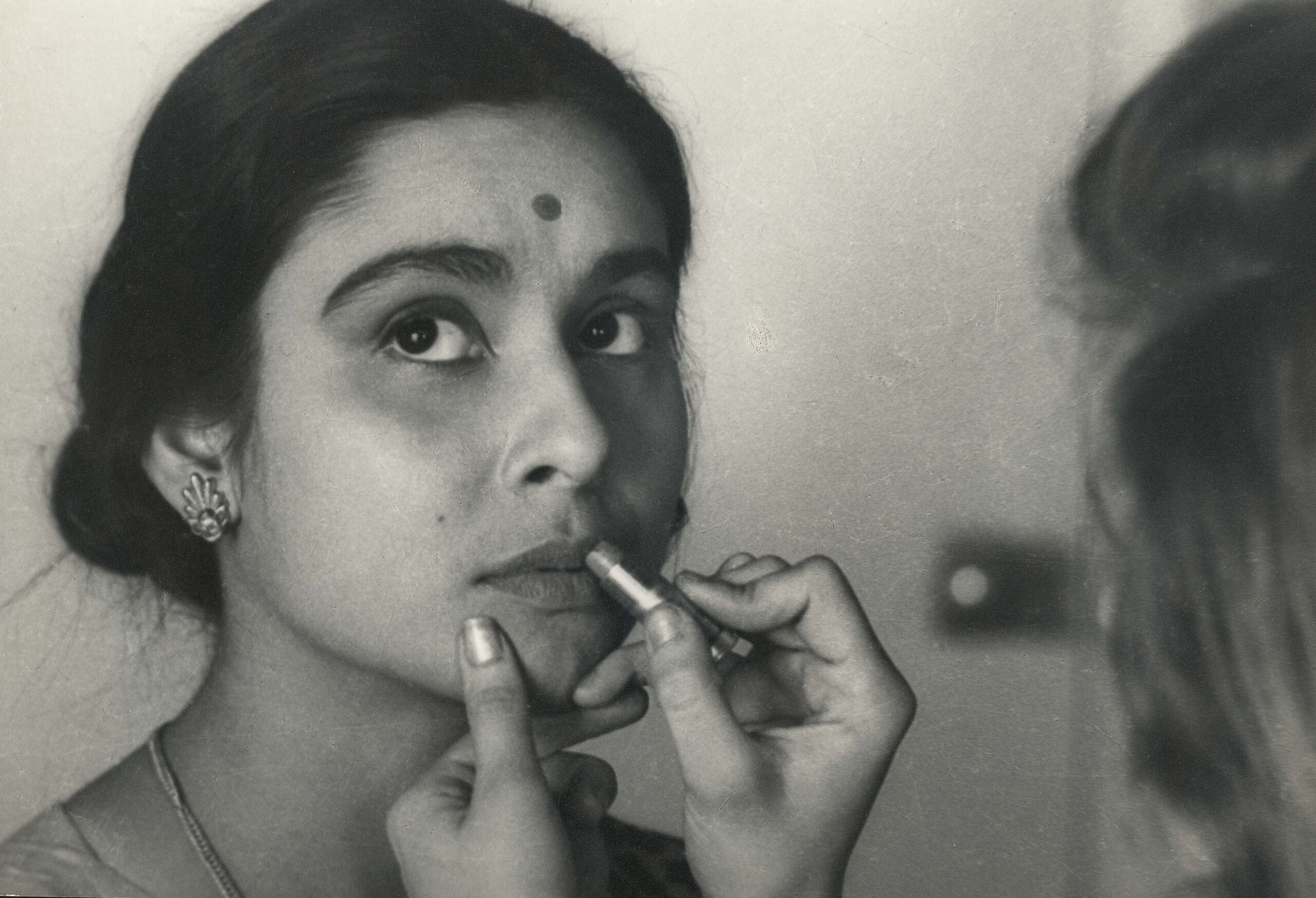‘The Big City’ Review
As the name suggests, this film is entirely set in a big city, where a common man struggles to make ends meet. Eventually, the audience learns that the woman is also part of the struggle.
Blessed are we to have this masterpiece of a movie screened at the BFI one more time. Not only is it India’s honour to grace the screens of the BFI with a Satyajit Ray masterpiece but it allows new audiences to witness Subrata Mitra’s stunning cinematography on the big screen one more time. Notably, Dulal Dutta’s editing and Banshi Chandragupta’s art direction go hand in hand; the film is mostly shot indoors with the visual changes displayed not in the setting but rather in the mood and tonality. For us fans of Jaya Bachchan, back then known as Jaya Bhaduri, this film is special for marking her first screen appearance before a long-running successful career in the Hindi film industry.
This film tells the story of the struggles faced by a man, a woman and a family. Ray beautifully uses the storytelling of one family dynamic to depict an entire city, namely Calcutta, and the economic reality at the time, whereby women going to work was no longer merely driven by ideas of emancipation but had become the reality for many families struggling to make ends meet. Bravely truthful in its depiction of a confident working woman challenging traditional patriarchal attitudes, this can be considered one Ray’s greatest and most beautiful films. In fact, Madhabi Mukherjee, who delivered arguably her finest performance in this film as Arati, recalls that she was “stunned” after Ray’s narration of the story to her and notes “this was the first woman-centred screenplay I had encountered.” In a meta-feminist manner, this film marked a shift in Indian cinema as, with many of Ray’s films, a female character played the lead and the focus of the story was wholly on the woman, representing the societal shifts which were taking place at the time in Ray’s home city, Calcutta. The theme of the relentless female vigour in surmounting repeated challenges to the marked, albeit gradual, shift from patriarchy in Calcutta is present in every plot point, and Madhabi’s character powerfully brings this to life. This theme progresses from Arati’s initial choice to work to Arati’s need to work to support her family after her husband loses his job, and even to confronting her boss about the unfair job termination of one of her female co-worker risking forgoing her role as the sole breadwinner of her family. The conclusion of the film celebrates women’s strength and integrity, sacrificing her job in the name of justice. This is not just a film, it marked a movement. Through this film, Satyajit Ray has shown us the power of storytelling to discuss and progress society.

